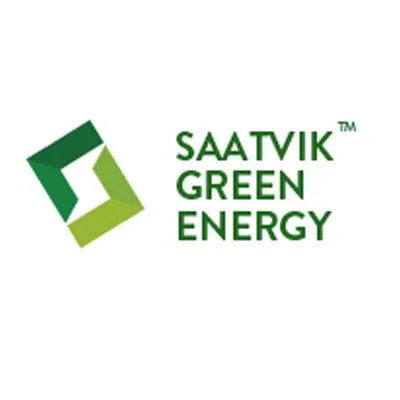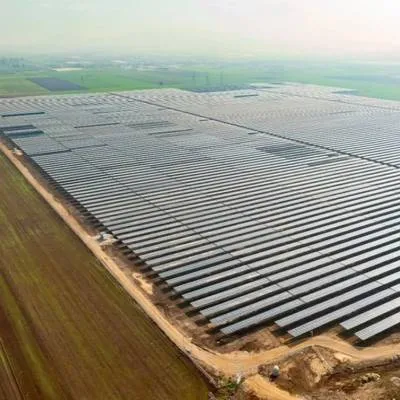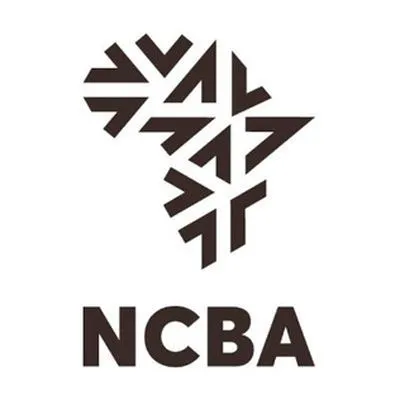Schedule a Call Back
Solar Innovation: Laser-Doping Technique Elevates Cell Performance
 Researchers from the International Solar Energy Research Center (ISC) Konstanz and Delft University of Technology have devised a method to improve the efficiency of solar cells, specifically Interdigitated Back Contact (IBC) cells, by selectively increasing the thickness of certain parts of the rear end. They achieved this through a novel laser doping process, which enhances oxidation in specific areas of the IBC solar cells' backside.
This novel technique involves laser-doping the backside of IBC solar cells, creating selective areas of enhanced oxidation. The process improves efficiency and acts as a protective layer during further manufacturing stages, streamlining production and making solar technology more commercially viable.
Researchers from the International Solar Energy Research Center (ISC) Konstanz and Delft University of Technology have devised a method to improve the efficiency of solar cells, specifically Interdigitated Back Contact (IBC) cells, by selectively increasing the thickness of certain parts of the rear end. They achieved this through a novel laser doping process, which enhances oxidation in specific areas of the IBC solar cells' backside.
This novel technique involves laser-doping the backside of IBC solar cells, creating selective areas of enhanced oxidation. The process improves efficiency and acts as a protective layer during further manufacturing stages, streamlining production and making solar technology more commercially viable.
The method leverages the enhanced oxidation properties found under locally laser-doped regions with high concentrations of phosphorus, achieved through phosphosilicate glass layers. This advancement holds promise for improving the efficiency of these cells.
IBC cells, first developed in the early 1970s, have become a staple as the non-illuminated side of solar cells. They offer advantages over conventional both-side contact cells by eliminating optical shading losses caused by metal finger and bus bars on the front side, resulting in higher short-circuit current density and simplified cell interconnection inside modules.
This architectural design enables a more comprehensive range of front surface texturing and light trapping schemes, making IBC cells ideal for mechanically stacked tandem cells with higher-band gap technologies such as Perovskites.
Notably, the Fraunhofer Institute for Solar Energy Systems in Germany achieved a record conversion efficiency rate of 26% for both-sided-contacted silicon solar cells in 2021, favoured for their simplicity in industrial production.
In another breakthrough last September, researchers from Fraunhofer Institute for Solar Energy Research ISE (Fraunhofer ISE) and NWO-Institute AMOLF developed a multi-junction solar cell boasting a record 36.1% efficiency. This involved stacking multiple layers of light-absorbing materials to capture various segments of the sunlight's colour spectrum efficiently.


Subscribe Now
Subscribe to our Newsletter & Stay updated
RECENT POSTS
Popular Tags
Folliow us
Related Stories
Maharashtra Govt Prioritises Eco-Friendly Bridge Construction
The Maharashtra government has announced that all future bridge projects in the state will follow eco-friendly and sustainable construction norms. ...
Jakson Green, Blueleaf to Build 840 MWp Solar Park in Rajasthan
Jakson Green and Singapore-based Blueleaf Energy have announced a joint venture to develop an 840 MWp solar power project in Rajasthan. The large-s...
Deputy CM inspects key infrastructure work to ease city traffic flow
Maharashtra Deputy Chief Minister Ajit Pawar recently inspected the ongoing construction work at the Tanpura Bridge project in Pune. The bridge, a ...








